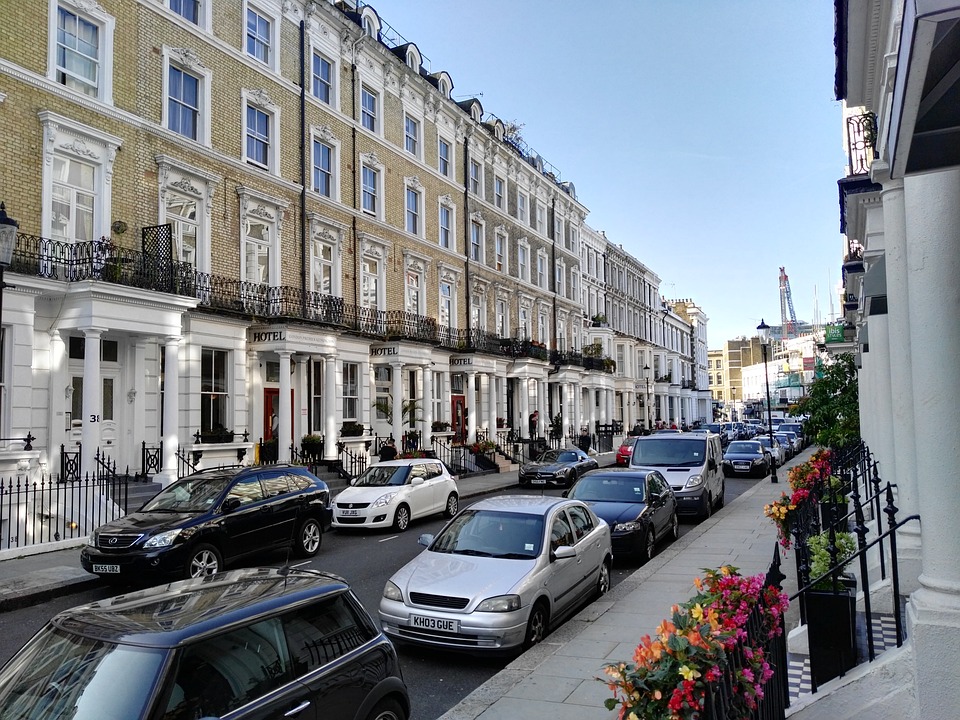Inner London bore the brunt of the pandemic’s impact on the rental market which saw a decade of rental growth wiped out. In previous downturns, Inner London has typically been the region to lead the rest of the country. But this time around it was the only area where rents fell for 13 consecutive months, while rents in other regions reached record highs. However, it appears that late spring marked the bottom of the Inner London market.
For the first time since April 2020, the average rent in Inner London rose on a monthly basis, averaging £2,103 pcm in June 2021 (chart 1). While the average rental home in Inner London costs 16.5 per cent or £415 pcm less than it did this time last year, rents jumped 4.3 per cent month-on-month between May and June, the largest monthly increase on record. June was also the third straight month that the annual decline in rents slowed.
To find out more about how we can assist you with your Mortgage requirements, please click here to get in touch
The reversal in the direction of rental growth has been driven by more tenants returning to the capital. Last month, the number of tenants registering to rent in Inner London was up 16 per cent on June 2020 levels and up 45 per cent on June 2019. Zone 2 recorded the strongest growth in demand, but this has been almost completely driven by domestic, rather than international tenants. Here, the share of tenants coming from outside the capital doubled as more people planned their return to London.
Rising rents have also been supported by lower stock levels, a reversal of the months following the height of the pandemic when landlords struggled to find long-term tenants for their short-term lets. While back in September 2020 there were 14 per cent more homes available to rent in Inner London than in September 2019, by June there were 8 per cent fewer homes to rent than two years ago. Family houses are most scarce, while entry level flats make up most of the homes taking more than a week to let.
Read about the UK Housing Market via our Specialist Residential & Buy to Let Division
In contrast to Inner London, Outer London rents recorded only six months of falls on an annual basis following the onset of the pandemic. Outer London rents have grown for the last 10 months, with June’s annual rental growth (9.4 per cent) the strongest on record. The average rental home in Outer London now stands at £1,685 pcm,10 per cent more than it did when the pandemic started in March 2020.
Across Great Britain the pace of rental growth continued to climb in June, with rents rising 8.5 per cent year-on-year. In fact, four of the 10 fastest months for rental growth over the last decade have been since the onset of the pandemic. Stock scarcity has become a pressing issue, with 46 per cent fewer homes on the market than at the same time two years ago. In rural and suburban areas, the drop in rental homes on the market has been even greater.
Outside London, rents rose 10.9 per cent annually – the fastest rate of growth recorded during any time since 2014. Six regions saw rental growth hit double digits in June, up from five in May. Last month eight of the 11 GB regions recorded the biggest annual increases since the lettings index began in 2014. Wales, the West Midlands and London were the only regions not to register record rental growth.
Aneisha Beveridge, head of research at Hamptons, said: “Over the course of the pandemic, Inner London landlords have suffered more than investors anywhere else in the country. But in recent months rental growth here has changed course and is now on an upward trajectory. We are forecasting that rents in Inner London will return to pre-pandemic levels within 12 months.
She added: “That said, and despite a recovery, rents in Inner London are likely to remain lower than they would have been had the pandemic not happened. A relatively buoyant recovery has ensued as restrictions have been lifted, but some scarring is likely to remain as tenants become less closely bound to their office desk and international travellers remain in short supply. Nationally, the last 12 months have seen five years of pre-pandemic growth squeezed into a year. Rents are rising at such a pace that monthly rental growth figures could, in more normal times, be mistaken for annual ones. While this growth is underpinned by a lack of stock, it will ultimately be tapered by affordability.”
BY PETE CARVILL
Source: Property Wire
Discover our Mortgage Broker services.

